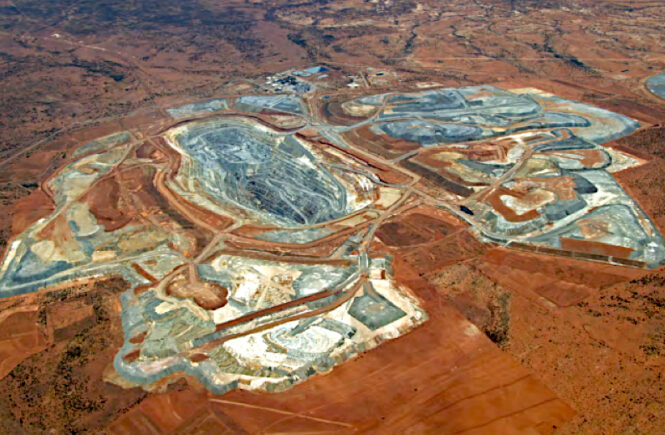Empowering Sustainable Energy: Leveraging Australia’s Mining Industry to Achieve the UN’s SDG 7
By Christian Heil
The United Nations’ Sustainable Development Goals (SDGs) constitute a framework of 17 global objectives adopted by all UN member states as part of the 2030 Agenda for Sustainable Development. These goals encompass a wide range of critical issues, including poverty alleviation, mitigation of climate change, promotion of peace, and ensuring access to justice. Goal 7 specifically focuses on the need for affordable and clean energy solutions. In order to contribute to this goal, we can use the research being done in Australia’s mining industry to propose a practical and effective solution.
The mining sector plays a pivotal role in providing the essential raw materials for clean energy technologies, however it also accounts for a significant share of greenhouse gas emissions, amounting to 10% of the energy-related global total in 2018. Mining operations in Australia are incredibly remote, and running these mines off anything other than fossil fuels is unrealistic and impractical. However, a potential solution involves using carbonate mineral formation to offset these emissions. This method utilises mine tailings (leftover waste materials from the processing of ore) to facilitate the carbonisation reaction, and the formation of these minerals is a safe and permanent means of carbon storage.
Numerous studies have demonstrated the viability of this method. For instance, the Mt Keith nickel mine in Australia has found that its mine tailings are naturally sequestering carbon through the precipitation of a mineral called ‘hydromagnesite’, which actively absorbs atmospheric CO2 as it forms. This natural process has enabled the Mt Keith mine to offset its greenhouse gas emissions by 11% annually, just by leaving the mine waste out in open air and without any additional human interference. Importantly, the research has concluded that this rate of carbon uptake can be significantly increased using existing technology, which means a greater offset for the mine.
Ultramafic rock tailings, (that is, rocks that are low in silica content), have proven to be particularly efficient in storing carbon through this mineralisation process. The Mt Keith mine mentioned above, for example, is situated in such ultramafic rock sequences like olivine cumulate rocks and basalts.
Unfortunately, the widespread adoption of this technique faces financial challenges due to the current low carbon pricing, and companies aren’t incentivised to implement optimised carbon sequestration reactors. However, large companies such as BHP are implementing steps to reduce their carbon footprint, and seeing as how the mine waste is already sequestering atmospheric carbon passively, it wouldn’t be too much of a stretch to optimise this process for a greater reduction in net emissions.


